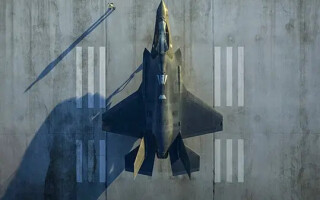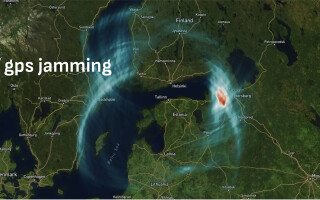Military Embedded Systems

Duncan Young
GE Intelligent Platforms, Inc.
-
Training and simulation systems to support Saab GlobalEye under new CAE agreement
November 21, 2025
-
Next-gen pilot training system to be developed by Saab, Boeing, and BAE Systems
November 19, 2025
-
KC-390 refueling capability validated with Gripen E in Brazilian test campaign
November 17, 2025
-
F-35 air combat training subsystems to be delivered by Cubic
November 13, 2025
Radar/EW
-
Simulation firm to show signal-integrity solutions at AOC 2025 show
December 05, 2025
-
“More-electric” aircraft and efficient power management
December 05, 2025
-
Tactical RF data and analytics to be expanded for NRO by HawkEye 360
December 04, 2025
-
Electronic warfare and the evolving landscape: Focus of upcoming AOC symposium
December 04, 2025
-
AI wargaming platform to be advanced for U.S. Air Force by AMESA
December 03, 2025
-
Image generator for military training using Unreal Engine introduced by Lockheed Martin, Blackshark.ai
December 03, 2025
-
AI-enabled counter-UAS system wins Army competition
November 24, 2025
-
Command-and-control task order to advance multi-domain capabilities under new COBRA award
November 21, 2025
-
Beyond GPS: HORDE PNT for contested environments
December 04, 2025
-
Beyond GNSS/GPS: magnetic navigation and multisensor resilience in contested skies
December 04, 2025
-
Power under pressure: Meeting the military’s surging energy demands
December 04, 2025
-
Shield AI, Sedaro partner to build software to support on-orbit operations
December 04, 2025




